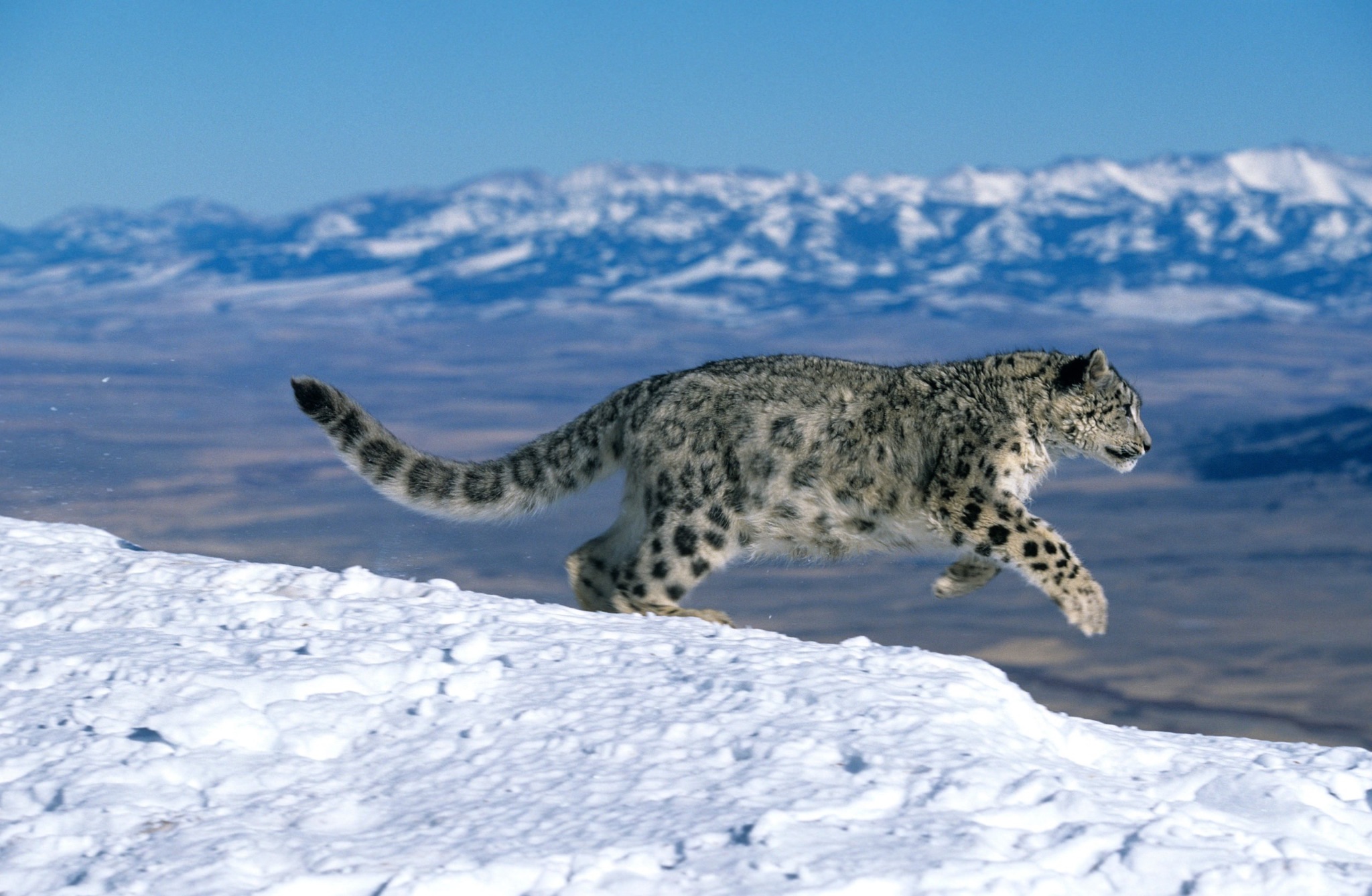Darjeeling zoo’s success with snow leopards: Why wild cats are fussy breeders (Indian Express)

- 16 Jan 2024
Why is it in the News?
The Padmaja Naidu Himalayan Zoological Park (PNHZP) in Darjeeling has made headlines for successfully breeding 77 snow leopards since the 1980s, placing it next only to New York’s Bronx Zoo, which has produced 80 snow leopard cubs since it started breeding experiments with the species in the 1960s.
About Snow Leopard:
- The snow leopard, also known as the ounce, is a large Asian cat belonging to the family Felidae, classified as Panthera uncia.
- It preys on various animals, including marmots, wild sheep, ibex, and domestic livestock. As the apex predator in the mountain ecosystem, snow leopards serve as vital indicators of ecosystem health.
- Habitat: Native to the mountain ranges of Central and South Asia, snow leopards are found in India, specifically in the western Himalayas covering Jammu and Kashmir, Ladakh, Himachal Pradesh, Uttarakhand, Sikkim, and Arunachal Pradesh in the eastern Himalayas.
- Threats to Survival: With an estimated 4,000 to 6,500 snow leopards remaining in the wild, around 500 of them are in India.
- Human settlement expansion, particularly livestock grazing, has escalated conflicts.
- Climate change, causing a rise in average temperatures across their habitat, poses an additional threat.
- Poaching, driven by illegal trades in pelts and body parts used in traditional Chinese medicine, further endangers their lives.
- Protection Status:
- IUCN Red List: Vulnerable
- CITES: Appendix I
- Wildlife (Protection) Act, 1972: Schedule I
- Conservation Efforts: The Government of India initiated Project Snow Leopard in 2009 to safeguard and conserve the snow leopard population and their habitats through participatory policies.
- Under the UNDP's SECURE Himalaya project in 2020, India's first Snow Leopard Conservation Centre was launched in Uttarkashi, Uttarakhand, promoting conservation efforts in the region.
About Padmaja Naidu Himalayan Zoological Park (PNHZP):
- Formerly known as the Himalayan Zoological Park, the PNHZP was established in August 1958 in Darjeeling, West Bengal.
- Dedicated to the preservation of ecological balance in the Eastern Himalayas, the park pursues the following objectives:
- Ex-situ Conservation and Captive Breeding: The park focuses on the ex-situ conservation and captive breeding of endangered Himalayan animal species.
- Awareness and Education: Aiming to educate and motivate both local residents and visitors, the park conducts awareness campaigns highlighting the significance of Himalayan ecosystem conservation.
- Applied Research: The PNHZP initiates applied research in animal biology, behaviour, and healthcare, contributing to a better understanding of these aspects.
- Conservation Pioneering: Recognized as a conservation pioneer, the zoo initiated the first ex-situ conservation breeding program in 1986, commencing with the Snow Leopard conservation breeding project.
- The Red Panda project followed suit in 1990.
- High-Altitude Zoo: The PNHZP holds the distinction of being the largest high-altitude zoo in the country, making significant strides in the conservation of endangered Eastern Himalayan species in India.
